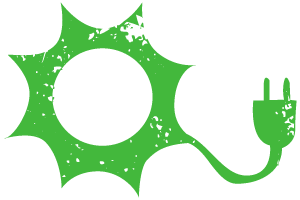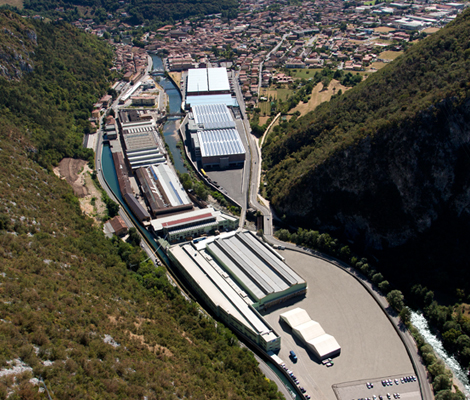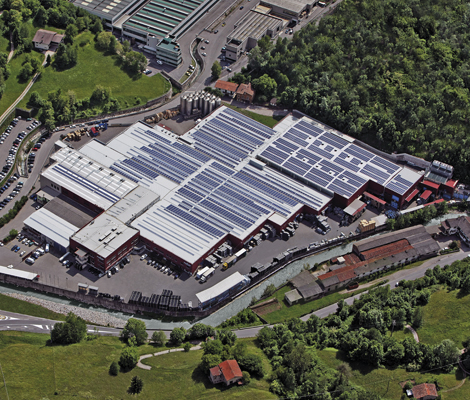Not registered?
If you have not yet registered on the Valsir web site fill in the form with your details and obtain free access to the download area where you will be free to download our price lists and technical brochures. You will also have the possibility of receiving our periodic newsletter: the best way to remain up-to-date on all the latest developments in Valsir.

The first energy efficiency retrofit works involved the roofs of the premises in Vestone where today solar radiation is used to produce electricity in the production plants in a clean and renewable way by means of photovoltaic panels.
The photovoltaic plant on the premises in Vestone develops an output of 1 Megawatt and produces a quantity of energy equal to 11% of the yearly requirement of the entire building, making the moulding department, composed of over 50 production plants, energetically autonomous.
Following the retrofit in Vestone, in 2012 another photovoltaic plant was installed with an output of 1 Megawatt on the roof of the production and logistics centre in Vobarno.


In 2014 approximately 100 m2 of solar panels were installed with the capacity of producing renewable thermal energy both for production and for water facilities in the two premises in Vestone and Vobarno.


The centralization of the production in the two poles of Vestone and Vobarno has allowed:
Besides the reduction in fuel consumption, this has also resulted in improved traffic mobility in the Valle Sabbia area.
The installation of a new heating plant, the replacement of the old roof with a new one with less heat loss, the installation of a floor heating system replacing the radiant strips in the areas dedicated to production, in the period from 2007 to 2013, has resulted in:


The design of the building with a saw-tooth roof which allows the passage of natural daylight, the elimination of wastage, the use of lowconsumption lighting and the introduction of dimming devices that allow the quantity of artificial light to be adjusted depending on the intensity of natural daylight, have resulted in:
Many upgrades were also carried out on the production plants in terms of energy efficiency improvement.
All the measures were aimed at reducing electricity consumption and involved the installation of:
The results were:

Many measures were taken aimed at optimizing the IT infrastructure such as:
These measures are perhaps less well-known in the field of industrial ecology, but are no less important, in fact, they resulted in:
In Valsir there is a strong awareness of differentiated waste collection at all levels, both in the offices and in the production departments, an activity that requires daily attention and consistency over time.
A comparison of figures for the period 2011-2013 revealed the following:


In 2013 Valsir decided to undertake another environmental commitment: the company only prints on FSC paper.
Forests occupy a role of fundamental importance in the ecosystem but in some countries illegal deforestation is as high as 80% and it often involves the violation of human rights.
The FSC logo identifies wood based products that come from forests that are managed correctly and responsibly in accordance with strict environmental, social and economic standards.
The forest has been inspected and certified independently against the standards that were established and approved by FSC.
FSC stands for Forest Stewardship Council and the FSC certification is the principal mechanism to guarantee the origin of wood or paper.